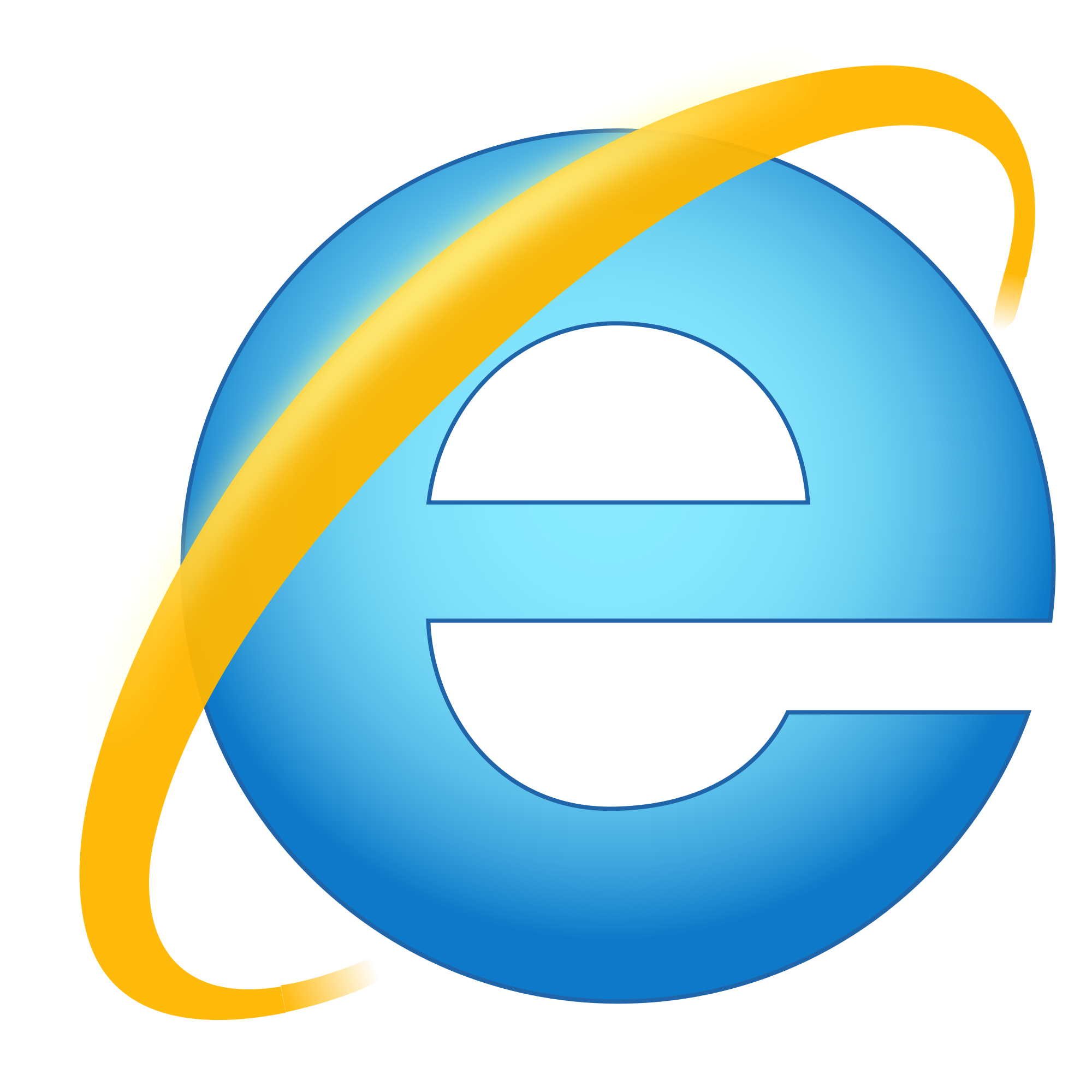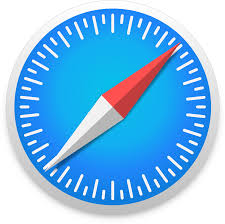TL;DR – HTML5 server-sent events (SSE) allow a web page to receive a constant stream of updates from the server without having to send XMLHttpRequests.
Contents
What are HTML5 Server-Sent Events?
To have information on your website constantly updated, you need to establish a connection with the web server. One way to do it is using XMLHttpRequests – however, they have to be re-sent to receive a response for each update.
By using HTML5 server-sent events, you can create a connection that lasts longer and receives the updates in a constant stream. Newsfeeds, social networks, sports and weather updates are all great examples of who can benefit from using HTML5 server-sent events.
Receiving and Sending SSE
To receive HTML5 updates, you need to use the EventSource object:
<script>
if(typeof(EventSource) !== "undefined") {
var source = new EventSource("sse_demo.php");
source.onmessage = function(event) {
document.getElementById("myresult").innerHTML += event.data + "<br>";
};
} else {
document.getElementById("myresult").innerHTML = "Sorry, server-sent events are not supported in your browser...";
}
</script>
Note: in the parentheses, a PHP file called sse_demo.php is defined. A file written in a dynamic programming language is necessary to send HTML5 updates to the browser.
EventSource opens a long-lasting connection which will only finish when you call EventSource.close(). This connection allows the browser to receive the HTML5 server-sent events in text/event-stream media type. However, it is one-way only: the browser cannot send any data to the server.
These are all the events relevant to the EventSource object:
| Event | Description |
|---|---|
| open | A connection to the server is enabled |
| error | A connection to the server fails |
| message | A message is collected |

- Easy to use with a learn-by-doing approach
- Offers quality content
- Gamified in-browser coding experience
- The price matches the quality
- Suitable for learners ranging from beginner to advanced
- Free certificates of completion
- Focused on data science skills
- Flexible learning timetable

- Simplistic design (no unnecessary information)
- High-quality courses (even the free ones)
- Variety of features
- Nanodegree programs
- Suitable for enterprises
- Paid Certificates of completion

- A wide range of learning programs
- University-level courses
- Easy to navigate
- Verified certificates
- Free learning track available
- University-level courses
- Suitable for enterprises
- Verified certificates of completion
Server Side: PHP Code Example
A server can send HTML5 updates through ASP or PHP if it is necessary. The syntax is not complicated if you have at least some basic knowledge in those languages:
<?php
header('Content-Type: text/event-stream');
header('Cache-Control: no-cache');
$time = date('r');
echo "data: The server time is: {$time}\n\n";
flush();
?>Note: don't forget to set the Content-Type header to text/event-stream.
HTML5 Server-Sent Events: Useful Tips
- HTML5 server-sent events are a bit similar to WebSockets. However, WebSockets are more complicated to use and require a unique protocol, while SEE relies on HTTP.
- Make sure to use UTF-8 character encoding for the text data stream.
- HTML5 notifications for updates can be redirected just like any HTTP request.
Browser support

Chrome

Edge

Firefox

IE

Opera

Safari
Mobile browser support

Chrome

Firefox

Opera

 HTML
HTML  CSS
CSS  PHP
PHP  JavaScript
JavaScript  SQL
SQL  Bootstrap
Bootstrap  Solidity
Solidity  jQuery
jQuery  Git
Git  Chrome DevTools
Chrome DevTools  C++
C++  Python
Python 



